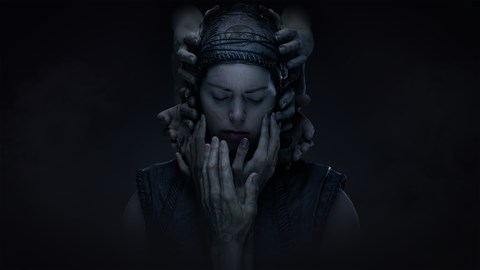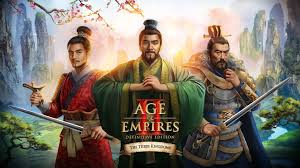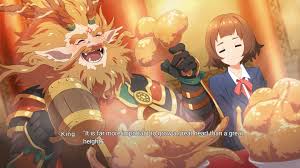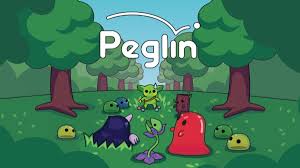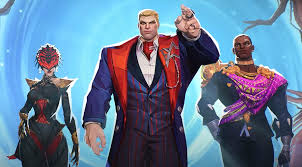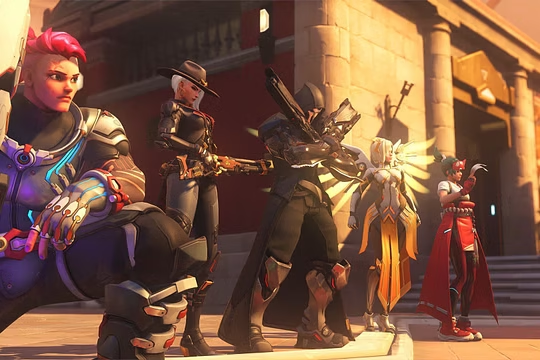Pros of Senua’s Saga: Hellblade II
- Enhanced Visuals and Audio: Leveraging the power of new gaming consoles, “Hellblade II” offers breathtaking visuals and immersive audio design. The game’s atmospheric environments and detailed character animations enhance the emotional depth and realism of Senua’s journey.
- Deeper Psychological Elements: Continuing its exploration of mental health themes, the game delves deeper into Senua’s psyche, presenting her struggles and hallucinations with even greater nuance. This not only serves to enrich the narrative but also educates players about the realities of mental illness.
- Improved Combat Mechanics: Ninja Theory has refined the combat system to offer more fluidity and responsiveness. This improvement allows for a more engaging and challenging experience, making each battle feel significant and impactful.
- Rich Storytelling: “Hellblade II” expands on its predecessor’s narrative scope, exploring new dimensions of Norse mythology. The storyline is dense with symbolic meaning, offering multiple layers of interpretation that reward players for their investment in the story.
Cons of Senua’s Saga: Hellblade II
- High Emotional Intensity: The game’s heavy focus on psychological horror and mental illness might not be suitable for all players. Its intense depiction of psychosis can be overwhelming, potentially limiting its appeal to a broader audience.
- Complex Narrative: While the deep and layered story is a significant draw, it can also be a double-edged sword. Newcomers to the series or those not deeply invested in complex narratives might find the story hard to follow, affecting their overall engagement with the game.
- Niche Appeal: The unique blend of psychological elements with adventure and horror might not cater to traditional action or horror game fans. Its distinct style and thematic depth might alienate players looking for more conventional gameplay experiences.
- Pacing Issues: Like its predecessor, “Hellblade II” might suffer from pacing issues, with some sections of the game dragging on or feeling disconnected from the main narrative thrust. This could affect the game’s rhythm and player engagement over time.
Conclusion
“Senua’s Saga: Hellblade II” stands out as a bold continuation of a narrative that beautifully merges Norse mythology with a profound exploration of mental illness. While it pushes the boundaries of video game storytelling and presents a visually stunning experience, it also faces the challenge of balancing its intense narrative and psychological elements with the expectations of a diverse gaming audience. As such, it remains a masterpiece tailored to those who seek a deep, thought-provoking experience rather than just traditional gameplay.


